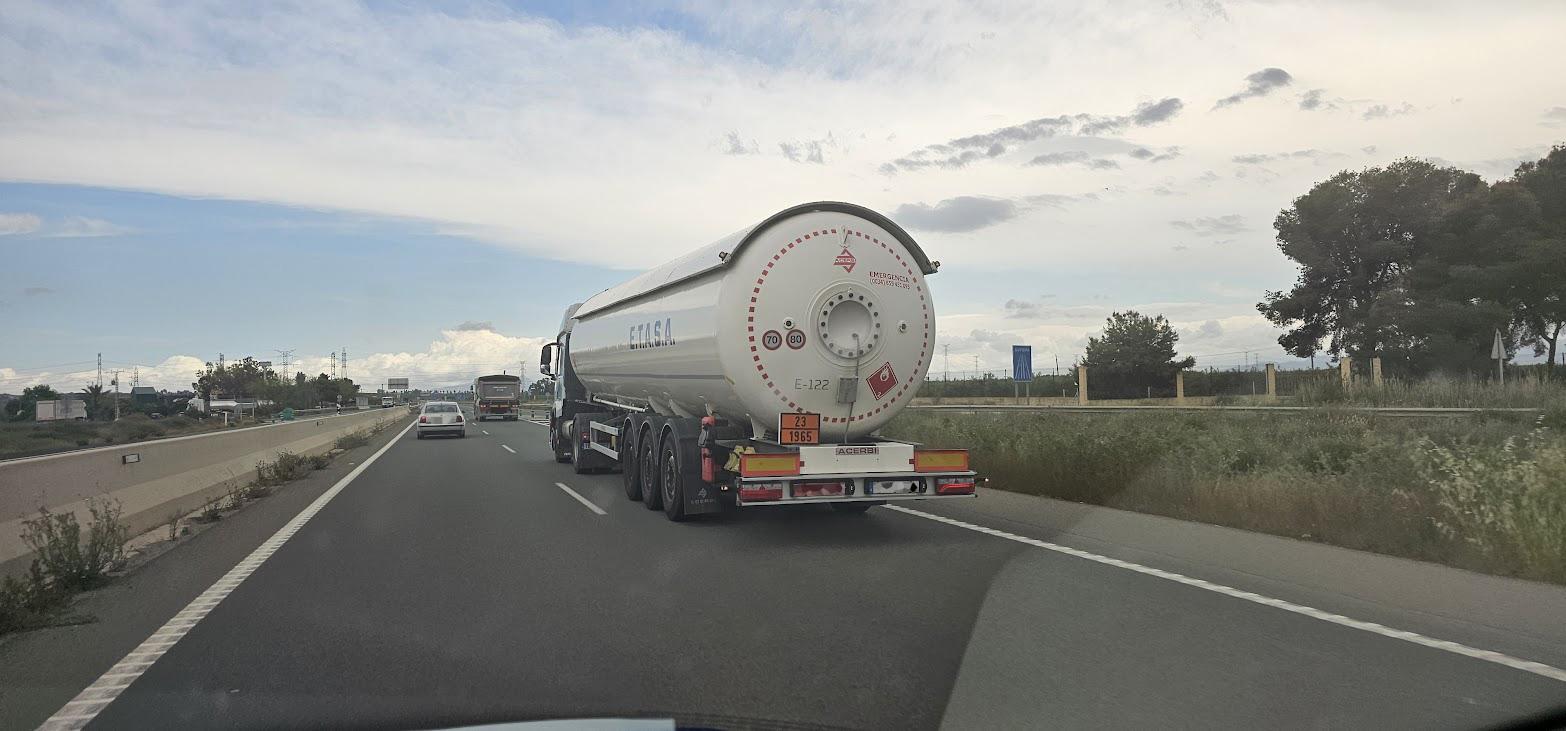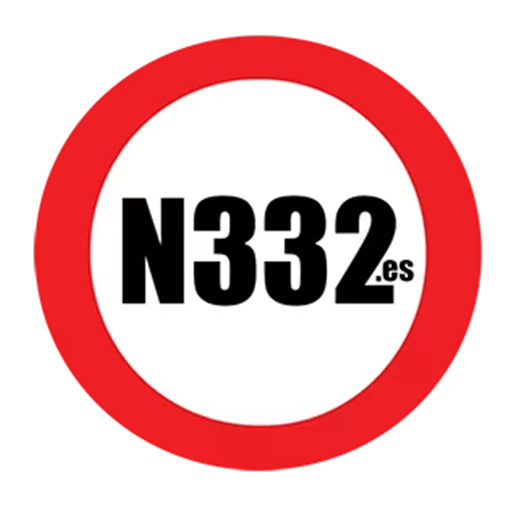Dangerous goods are those that, in the event of an accident during transport by road or rail, can pose risks to the population, property, and the environment. The UN has registered up to 3,500 of them in the “Orange Book,” which includes recommendations for their transport. In the case of Spanish roads, the movement of dangerous goods must be carried out in accordance with the conditions established in Royal Decree 97/2014 of the Ministry of the Presidency and in accordance with the European Agreement concerning the International Carriage of Dangerous Goods by Road (ADR). This document is internationally recognised.
Contents
Identifying the transport of dangerous goods
Every package of goods considered dangerous for transport must be clearly identified with a sticker. Any container and any vehicle in which it is transported must display two types of external markings: On the one hand, the so-called “orange panel,” listed in the General Driver Regulations as the V-11 sign. On the other hand, the so-called label plates correspond to the danger stickers associated with those goods.
ORANGE PANEL
The number on the top line indicates the type of hazard (gas release, flammability, toxicity or infection hazard, radioactivity, corrosiveness, or spontaneous violent reaction hazard). Double a number indicates an increased risk.
Examples include:
- Class 1: Explosives
- Class 2: Gases
- Class 3: Flammable Liquids
- Class 4: Flammable Solids
- Class 5: Oxidizers
- Class 6: Toxic and Infectious Substances
- Class 7: Radioactive Materials
- Class 8: Corrosives
- Class 9: Miscellaneous Dangerous Goods
The four numbers on the bottom line correspond to the hazard identification number according to the UN Model Regulation (Orange Book). One panel must be placed on the front and the other on the rear of the truck.
Example:
- 1202 – GAS OIL or DIESEL FUEL or HEATING OIL, LIGHT (flash- point not more than 60 °C)
STICKERS (LOAD) AND PLATES-LABELS (CONTAINERS AND VEHICLES)
Dangerous goods are classified into nine classes and 13 specific categories, including gases, liquids, solids, flammable, corrosive, radioactive, toxic or infectious substances, peroxides, or those that can spontaneously combust, be harmful to the environment, or simply be exposed to very high temperatures.
Each of these categories is identified with a different type of sticker or label, which must be clearly visible from the outside. These are placed on both sides and at each end of the container and/or vehicle, depending on the type of trailer.




Discover more from N332.es - Driving In Spain
Subscribe to get the latest posts sent to your email.

You must be logged in to post a comment.